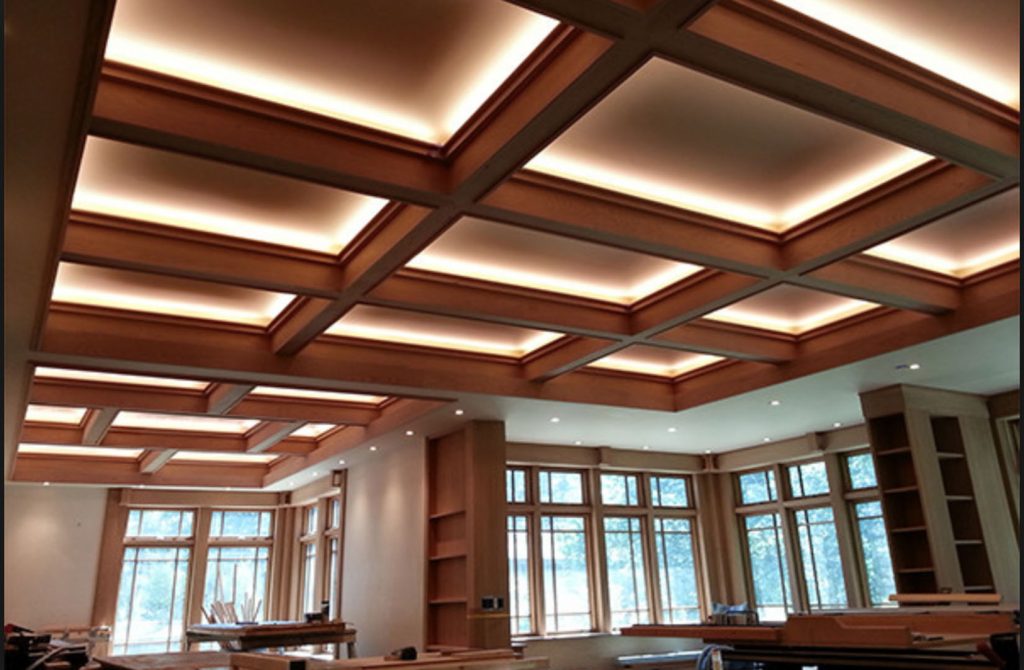Murals are not just art; they are a chronicle of history painted on walls. From the ancient frescoes of Pompeii to the vibrant street art of modern cities, murals captivate and communicate. However, preserving these masterpieces for future generations presents unique challenges and requires the integration of science and technology. This article delves into the techniques and technologies that make mural preservation possible.
II. Historical Context of Wall Murals
Murals have served as a cultural canvas, reflecting societal changes and artistic evolution through the centuries.
-
- Ancient Civilizations: Murals in ancient Egypt and Greece depicted religious and societal norms.
- Renaissance Europe: The era brought detailed, perspective-driven wall paintings.
These historical insights underscore the importance of preserving murals, not just as art, but as historical documents.
III. The Science of Mural Preservation
Preserving murals involves understanding the materials used in their creation and the environmental factors that contribute to their deterioration.
Materials and Techniques
- Fresco: Involves painting on wet plaster.
- Encaustic: Uses hot wax to bind color to the wall.
- Modern Paints: Variety of chemicals and bases for longevity and vividness.
Factors of Deterioration
- Environmental: Sunlight, humidity, and pollution.
- Chemical: Inherent chemical instabilities in materials.
- Physical: Building shifts and natural wear and tear.
IV. Modern Techniques in Mural Conservation
Advancements in technology have revolutionized the ways we preserve murals.
Stabilization and Repair
- Laser Cleaning: Removes dirt without damaging underlying paint.
- Consolidation: Chemicals that strengthen deteriorating paint.
Surface Cleaning
- Gentle Abrasives: For surface dirt.
- Solvent Treatments: For deeper chemical cleaning.
V. Challenges in Preserving Outdoor Murals
Outdoor murals face harsher conditions than their indoor counterparts, presenting unique challenges.
Environmental Impacts
- UV Light: Causes fading and chemical degradation.
- Weather: Rain and wind can physically erode surfaces.
Preservation Challenges
- Location: Coastal murals suffer from salt spray; urban murals from pollution.
- Material Differences: Different materials react uniquely to environmental stresses.
VI. The Role of Digital Technology in Mural Preservation
Digital tools offer new avenues for preservation and restoration.
Digital Techniques
-
- 3D Scanning: Creates a digital replica for study without touching the original.
- Digital Restoration: Software to predict and visualize restoration outcomes.
Case Studies
- Project Example: Digital restoration of a 15th-century mural in Italy showed potential for broader application.
VII. Preventative Measures and Maintenance
Ongoing maintenance is crucial for the longevity of murals.
Strategies for Maintenance
- Regular Cleaning: Scheduled cleanings to prevent buildup of damaging materials.
- Protective Coatings: UV-resistant coatings to protect against sunlight damage.
Importance of Regular Assessments
-
- Routine Checks: Regular checks help catch issues before they become severe.
- Professional Evaluations: Experts can assess and recommend specific preservation needs.

VIII. Legal and Ethical Considerations
Preserving murals involves navigating legal and ethical landscapes.
Legal Aspects
- Copyright Laws: Who owns the art and the right to restore or alter it?
- Preservation Laws: Regulations that protect, or sometimes hinder, conservation efforts.
Ethical Considerations
- Restoration Ethics: Balancing restoration with maintaining original intent and integrity.
- Cultural Sensitivity: Ensuring that restoration respects the mural’s cultural significance.
IX. Future Directions in Mural Preservation
Emerging trends and technologies promise to enhance mural conservation efforts.
Emerging Trends
- Nanotechnology: Potential for more precise and less invasive preservation techniques.
- Climate Adaptation: Developing materials and methods that are resilient to climate change.
Impact of Climate Change
- Increased Risks: More severe weather patterns could threaten outdoor murals.
- Adaptive Strategies: Need for materials and methods that can withstand these changes.
X. Conclusion
Preserving murals is essential for maintaining our cultural heritage and historical record. Through th my website e integration of science, technology, and community involvement, we can ensure that these beautiful works of art remain vibrant and meaningful for generations to come. Let’s champion these efforts, recognizing the mural not just as art, but as a vital part of our shared history.

